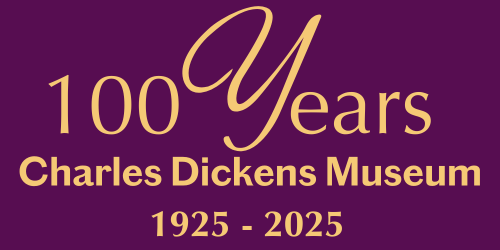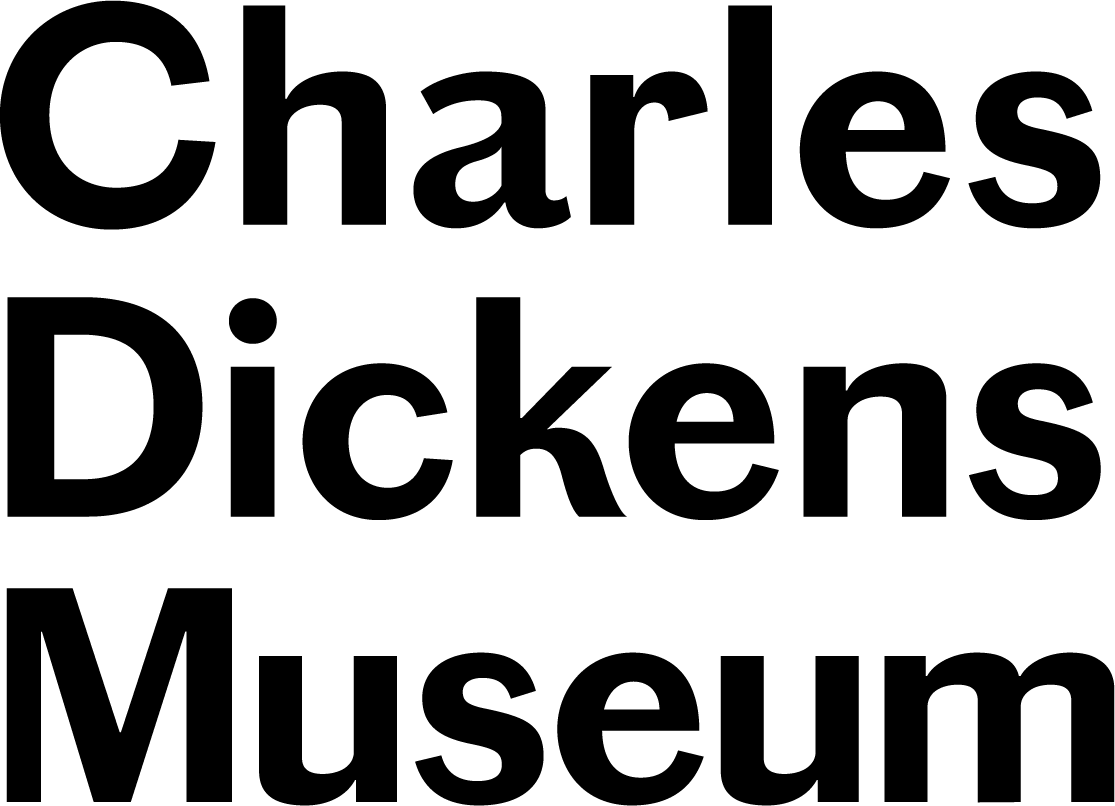Mary Hogarth

Women's History Month
Mary Hogarth
Mary Hogarth was the younger sister of Catherine Dickens, who came to live with the Dickenses when they moved here to 48 Doughty Street in March 1837. Six weeks later, Mary died suddenly, aged just 17. Her death was an enormous shock to both Catherine and Charles. Dickens would go on to memorialise Mary as Rose Maylie in Oliver Twist and as Little Nell in The Old Curiosity Shop. He frequently spoke of his grief at Mary’s death, and he portrayed Mary in his chracters as a sweet, innocent young girl.
In many ways, the Mary who is presented to us by Dickens is not a real person. The perfect Rose, the innocent Little Nell, she is an ideal of perfection created through the lens of a grieving relative.
The reshaping of Mary’s story was not done maliciously, but rather as a natural response to grief. How many of us are willing to criticise our own deceased relatives? But it also leaves a legacy that is not entirely true and has given rise to a plethora of inaccurate theories, some people even wrongly suggesting that Dickens came to believe he had married the wrong Hogarth sister.
More recent research by Lillian Nayder has rediscovered some of the more accurate portrayals of Mary Hogarth by looking at her relationship with Catherine. Using letters exchanged between Catherine, Mary and their Scottish cousin (also called Mary), Nayder has revealed a remarkable window into the lives of three young women in the 1830s.
The Hogarth women were bound by the gender conventions of the time, and they well understood that their role was to marry. Yet both Catherine and Mary display a sense of irony and amusement as they approached the wedding ‘market’. They were clearly close, attending the same balls, concerts and teas together, yet they also seem to encourage each other to poke fun at their potential suitors.
Mary, in particular, seems to have had a reputation for plain speaking. Robert Story met her in 1836 and although he praised her beauty he likened her glances to that of a falcon.
This willpower and honesty seems to have made its mark on Dickens too. Although he would later present her as the paragon of female virtues, while she lived with him at Doughty Street, he valued her unfiltered opinions. She was invited to read his manuscripts of The Pickwick Papers and Oliver Twist, often before anyone else.
And while Mary certainly got on well with her male acquaintances, including her brother-in-law Charles Dickens, in her letters she also hints at an impatience with the patriarchy in which she lived. She writes that she and Catherine enjoyed conversing when there were no men present, since it meant they didn’t have to be on their best behavior.
Trying to rediscover the real Mary Hogarth is not easy, as it was uncommon to record the lives of young women, and Mary died before she was able to carve out her own identity and legacy. It has been further obscured by Dickens’s well-meaning but ultimately misleading memorialisation. But what is clear is that Mary was not simply a pretty face. She was clever and opinionated, and her thoughts on Dickens’s work clearly mattered. She seems to have had a strong personality and was a loyal friend to her sister. She was not the perfect paragon of Victorian feminine virtues, and she is far more interesting because of it!


